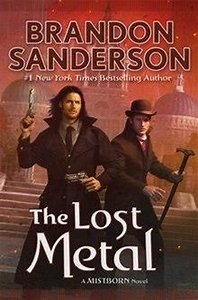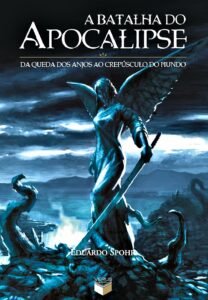The World of the End, by Ofir Touché Gafla, is a deeply philosophical and surreal novel that delves into the complexities of love, loss, and the nature of existence. At its heart is Ben Mendelssohn, a man shattered by the sudden death of his beloved wife, Marian. Overcome by grief and unable to envision a life without her, he makes the irrevocable decision to end his own life, hoping to reunite with her in the afterlife.
However, instead of the anticipated reunion, Ben finds himself in “The Other World,” a meticulously structured afterlife where the deceased continue their existence within an enigmatic and highly organized society. As he navigates this strange yet intricate realm, he encounters an array of eccentric characters and unravels the many mysteries surrounding life beyond death. Determined to find Marian, he embarks on a journey that challenges his understanding of fate and the boundaries of love.
Meanwhile, in the world of the living, unexpected events unfold, intertwining the fates of those Ben left behind in ways he could never have foreseen. Blending metaphysical fiction with dark humor and profound emotional depth, The World of the End offers a compelling exploration of destiny, longing, and the enduring connections that transcend even the finality of death.

Ofir Touché Gafla’s The World of the End is a surreal and philosophical novel that intricately explores love, loss, and the nature of endings. At its center is Ben Mendelssohn, a renowned epilogist—a writer specializing in crafting conclusions—who is deeply devoted to his wife, Marian. When she dies unexpectedly, Ben is consumed by grief and makes the irreversible decision to end his own life, believing that the afterlife will reunite them.
However, his expectations are quickly upended. Instead of finding Marian, he awakens in “The Other World,” an expansive and meticulously structured afterlife where the dead continue their existence under a rigidly maintained order. In this vast and enigmatic realm, experiences are compartmentalized, and a bureaucratic system dictates the movement of souls. As Ben navigates this strange new reality, he meets a cast of eccentric figures, including guides who help the newly deceased acclimate. He soon realizes that finding a loved one in the afterlife is far more complicated than he imagined—people are assigned to unknown destinations, and Marian is nowhere to be found. Driven by his love for her, he embarks on a journey through the complex layers of this world, encountering lost souls, unsettling truths, and the existential forces that govern life beyond death.
Meanwhile, in the world of the living, Ben’s suicide triggers a series of unforeseen consequences. His absence ripples through the lives of those he left behind, some of whom are entangled in his story in unexpected ways. As the novel shifts between these two realms, it gradually unveils a larger cosmic mystery, compelling both Ben and the reader to question the boundaries between life and death, free will and destiny, love and closure.
Blending dark humor with metaphysical inquiry and profound emotional depth, The World of the End offers a thought-provoking meditation on whether true endings exist at all, and how love—unbound by time and space—can defy even the finality of death.
Originally published in Hebrew as Ha’olam, Akher Kakh in 2004, The World of the End marked the literary debut of Israeli author Ofir Touché Gafla. A striking fusion of speculative fiction, philosophy, and dark humor, the novel quickly garnered attention for its imaginative portrayal of the afterlife and its deeply introspective narrative. Its success in Israel led to an English translation, allowing the novel to reach a global audience and introduce readers worldwide to Gafla’s distinctive voice.
Upon its release, The World of the End was met with critical acclaim, praised for its originality, intricate world-building, and profound exploration of existential themes. Readers and critics alike lauded its ability to weave metaphysical speculation with emotional depth, drawing comparisons to the works of authors such as Haruki Murakami and David Mitchell. The novel received several literary awards in Israel, solidifying Gafla’s reputation as a compelling storyteller in the realm of speculative fiction. Internationally, its reception remained strong, particularly among those drawn to its layered storytelling and philosophical reflections on love, loss, and the nature of endings.




















